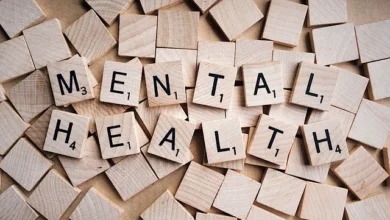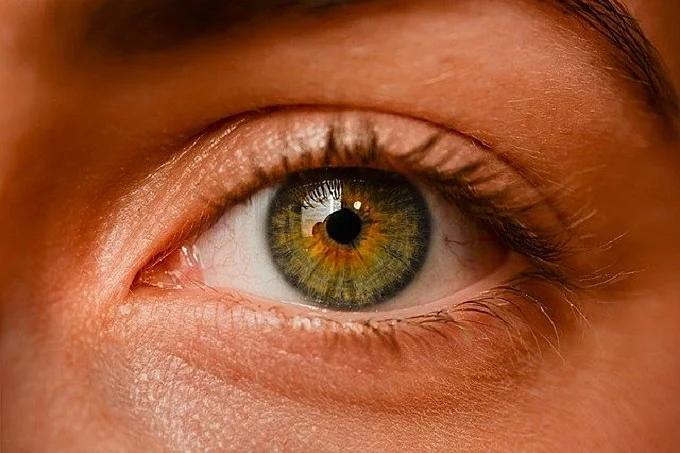The 7 largest fabrications about HIV and AIDS

There are many myths about HIV and AIDS, but what does it mean if you are diagnosed as HIV positive today?
Attitudes towards HIV and AIDS have changed drastically in recent decades. Yet there is still a lot of wrong information about how HIV spreads, who can get it, and what it means if you are HIV positive.
1. There is a difference between HIV and AIDS
HIV stands for human immunodeficiency virus: a virus that affects your immune system and makes you vulnerable to infections and diseases. An HIV infection takes place in different phases. Aids (acquired immunodeficiency syndrome) is the last phase of HIV infection. In AIDS, the immune system is seriously affected and increases the risk of illness.
2. You are more likely to die from HIV
HIV is a virus that affects the immune system. Unfortunately, the mortality rate of people with AIDS in developing countries is still relatively high. There is no medication for HIV (yet), but there are medicines that suppress the virus so that you can live longer and more comfortably. HIV treatment is a combination of different medications. These medicines ensure that the immune system stays up to standard.
3. You cannot contract HIV through sweat, urine, or saliva
HIV is transmitted via the bodily fluid of an infected person. This can be done via blood, sem3n, vag!nal secretions, or bre*st milk. It is a virus that cannot survive outside the body for a long time, so it cannot be transmitted through sweat, urine, or saliva. For the same reason, it cannot be transmitted by mosquitoes.
4. HIV does not discriminate
Previously it was believed that the virus only occurred in homosexual men, while in reality, it can affect anyone, regardless of s3xual orientation, gender, age, and race.
5. It can be prevented
You can protect yourself against HIV by using a condom during interc0urse. Also, make sure that you regularly have an STD test and if you use needles, make sure they are sterile needles that are not used by anyone else.
Prep is a medicine that is taken to prevent HIV infection. It is a good idea to take prep if you have a high risk of HIV. Risks include unprotected s3x, the use of drugs such as crystal meth, the party drug GHB or mephedron,e or having a relationship with someone who is HIV-positive.
6. STD tests are simple and easily available
Tests for HIV are available from the GP or can be ordered online. To be tested, you must provide a blood sample or saliva depending on the type of test you are taking. An early diagnosis means that you can start the treatment sooner and increase your chances of fighting the virus. It may be necessary to repeat the tests one to three months after a possible exposure to HIV.
7. HIV can be treated
Although there is no cure yet, the virus can be treated with drugs that prevent the virus from propagating in the body. This allows the immune system to recover itself and further damage is prevented in this way.
The virus can very easily become resistant, so usually, a combination of drugs is prescribed. If you have HIV, you have to take medication for the rest of your life, and even if you miss only a few doses, the risk of the treatment, not working can increase.





